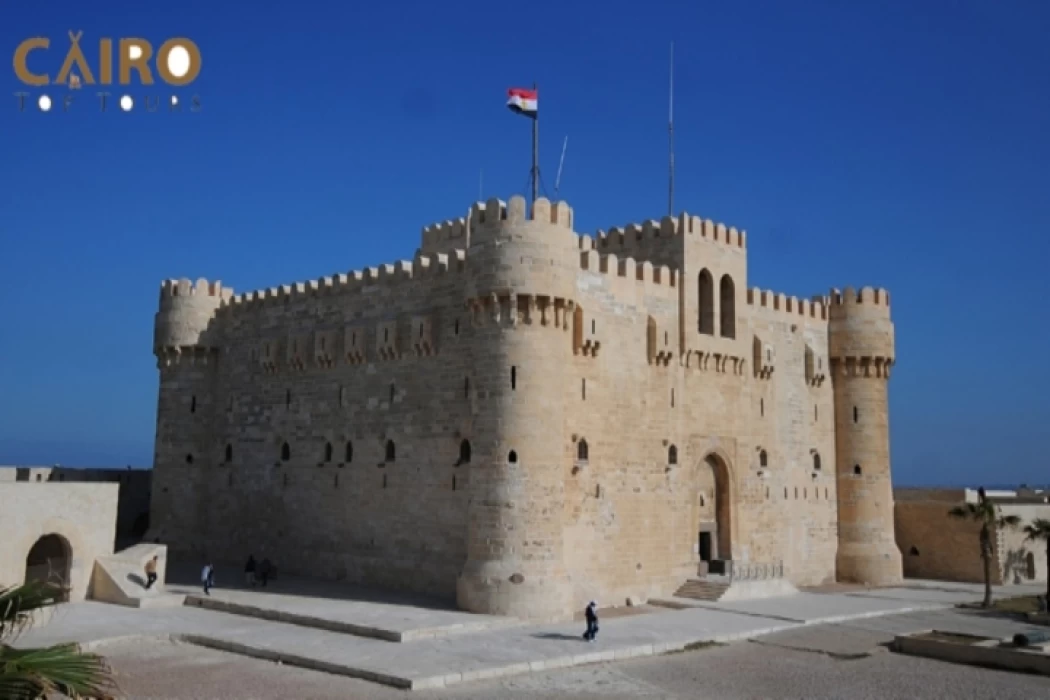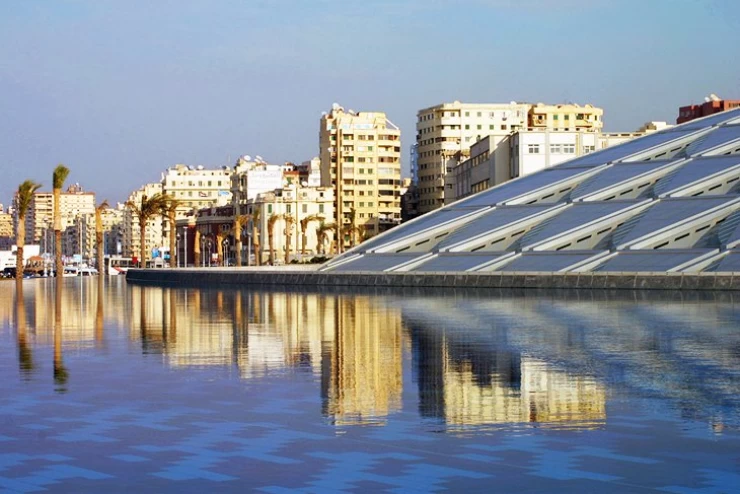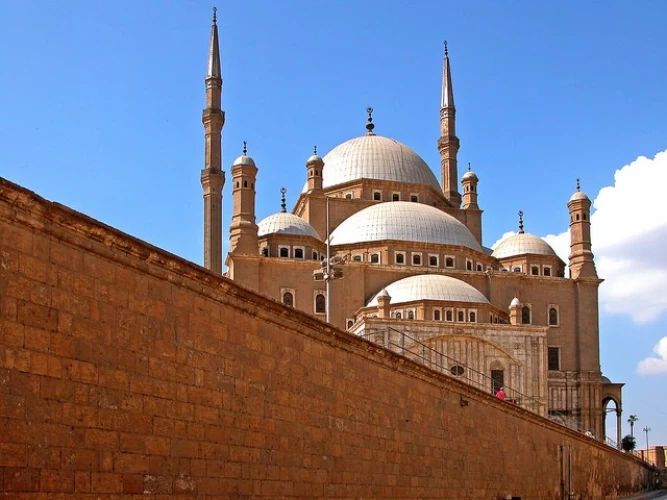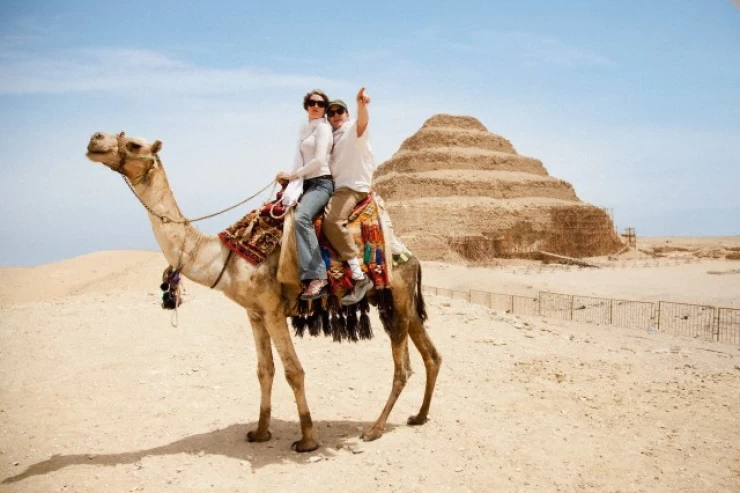
The Citadel of Qaitbey
The Citadel of Qaitbey
Touristic sites in Alexandria welcome visitors worldwide to witness its monuments relating to how the wondrous city started with a library, a lighthouse, and many citadels and museums. Accordingly, Alexandria counts as one of the great tourist capitals in Egypt, one of the well-blessed coastal and historic cities of Egypt, and the bride of the Mediterranean.
Another of the Seven Wonders of the World was destroyed by an earthquake during the Mamluk period.
Still, after its construction, the foreign danger to Egypt increased during the reign of King Al-Ashraf bin Qaitbay, who ordered the construction of a well-fortified castle because Alexandria was the first defence to face the foreign danger from the Ottoman Empire until Sultan Kansouh Al-Gholi came and provided the castle with weapons to be a more fortified place than before.
Citadel shape and layout
Right in the heart of Al-Jumruk is the island of Pharos, on which King Ashraf Qaitbay constructed the castle. Formed in a rectangular shape, it is above 100 m on one side, and in fact, it can be considered to be on a peninsula since the structure borders the seashore on three sides. It was also designed to be a large fortress against the fleets that came to attack Egypt, and it also served as a lighthouse to guide ships.
The citadel is divided into a main tower in the north and large walls, the first inside, and this is used to store weapons. As for the outer wall, it had defence towers so that they could face the enemies more safely, and it consisted of 3 floors in a square shape as well.
Above the main tower were semicircular towers from which they could throw arrows.
As for the layers of the castle, the first floor was the castle mosque, which had a minaret, but it was destroyed after that. This mosque is connected to rooms and four corridors that make it easy for soldiers to pass during the defence of the citadel.
The second floor consisted of closed rooms inside the building and corridors leading to the third floor, which consisted of the main hall and the largest room of the citadel, the room of Sultan Qaitbay. The floor has an oven for baking bread and a mill for crushing grains.
The citadel had a lighthouse at its top with a statue of the Greek god Poseidon with three thorns, and there were also marble statues in it. Its splendour increased in the era of Sultan Kansouh al-Ghuli until the end of the Mamluk era.
The Abbasids came to Egypt and completely ignored the fortification or equipping of the citadel, which diminished its military and historical value at the time.
How the Citadel was built from the lighthouse stones that were ruined during the splendid time of Sultan Al-Nasser bin Qalawun. It is also said that the lighthouse was built from ruins of Pharaonic cities such as Memphis, which bestows an ancient historical origin of the citadel back to the times of the Pharaohs.
The Citadel Through the Ages
King Al-Ashraf was a brave king and skilled in horsemanship and weapons, which made him care about the military part a little, as he did not only build the citadel in the city of Alexandria but also built it in other cities he ruled, such as Jerusalem and Damascus, some of which still exist to this day.
The most important person during the reign of King Al-Ashraf was Zakaria Al-Ansari, who held the position of head of the court and was the closest person to the king, as he used to take much advice from him until King Al-Ashraf died and weak kings came after him, until King Kansouh, who was interested in fortifying the citadel and the state, flourished during his era, and after that the Ottoman era began.
It was also captured during the era of Napoleon Bonaparte until Muhammad Ali came and took care of it and fortified it well the citadel remained fortified after that as it was a great defensive fortress for Egypt until the British occupation of Egypt began until the Orabi revolution, and many things were destroyed, but after that, attention was paid to it, and some repairs were made until it became what it is now, as the French took care of it during the French expedition.


















